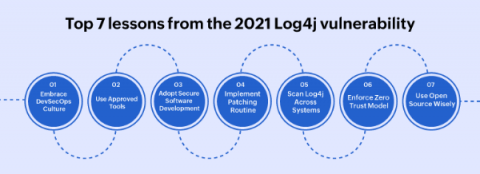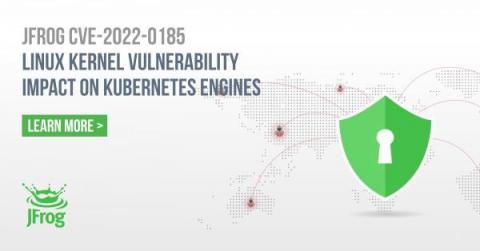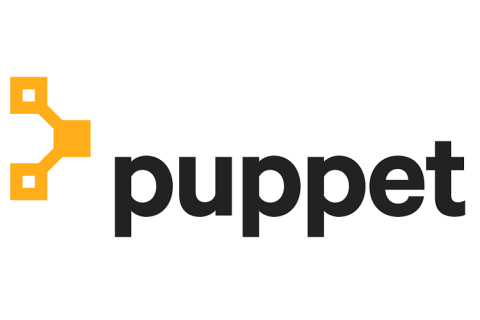Operations | Monitoring | ITSM | DevOps | Cloud
Vulnerability
Top 7 lessons from the 2021 Log4j vulnerability
The Log4Shell (CVE-2021-44228) zero day vulnerability in the Java logging framework Log4j (versions 2.0 to 2.14.1) was revealed on December 9, 2021. The Apache Foundation assigned the maximum CVSS score of 10 to Log4Shell, as millions of servers and potentially, billions of devices came under risk. Security professionals around the world began patching the vulnerability, and scanning their systems to rule out any potential breach.
New Year, New Features in Xray
CVE-2021-44142: Critical Samba Vulnerability Allows Remote Code Execution
The Impact of CVE-2022-0185 Linux Kernel Vulnerability on Popular Kubernetes Engines
The PwnKit vulnerability: Overview, detection, and remediation
On January 25, 2022, Qualys announced the discovery of a local privilege escalation vulnerability that it identified as PwnKit. The PwnKit vulnerability affects PolicyKit’s pkexec, a SUID-root program installed by default on many Linux distributions. The same day of the announcement, a proof of concept (PoC) exploit was built and published by the security research community.
VMware Tanzu Application Service Delivers Operational Excellence During Log4Shell
On two occasions in December 2021, VMware Tanzu Application Service released remediations within 48 hours of critical CVEs being announced. These remediations were both in response to the Log4j saga, enabling VMware customers to defend against attack vectors quickly after the Day 0 event. This quick response is a reflection of the dedication of the VMware engineering teams working on Tanzu Application Service today.
Running regular security scans with scheduled pipelines
Security is a vital part of application development, yet it may be neglected until an attacker takes advantage of a vulnerability in the system. The consequences of a security breach can damage an application’s integrity as well as a company’s reputation and revenue. Software architects and engineers need to pay special attention to securing the systems they work on.
What Log4j Vulnerability Means for SREs?
A summary of the Log4j vulnerability, and key takeaways for SREs.
Find and mitigate Log4j vulnerabilities with Puppet Enterprise
Log4j, the popular open-source logging library, had a rough December and closed out the year with an impressive streak of four critical vulnerabilities so far. Many are calling this the worst cybersecurity event in history. Again, so far.











